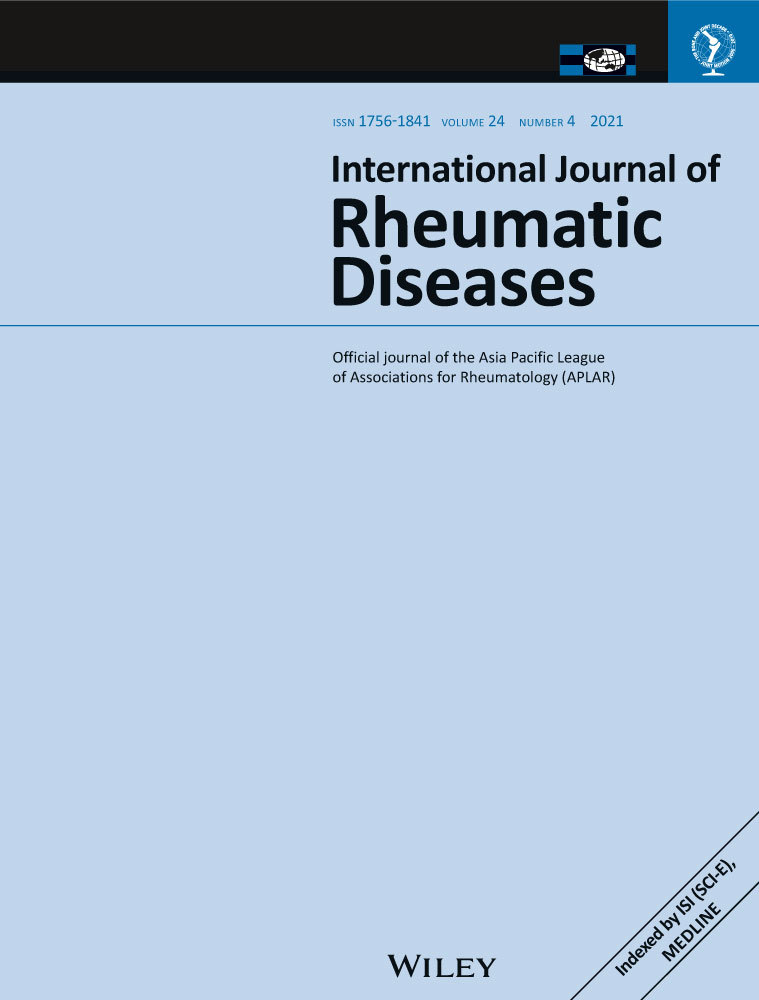Increased malignancies in our Waikato cohort of patients with systemic sclerosis
Funding information
This study was supported by a summer scholarship research grant from Arthritis New Zealand.
Abstract
Background
Systemic sclerosis (SSc) has been associated with an increased risk of malignancy (especially in the skin, lung, breast, and hematological system).
Aim
To determine the risk of malignancies in our SSc cohort.
Methods
The NZ National Cancer Registry supplied details of all malignancies recorded in patients attending the Waikato Hospital Systemic Sclerosis Clinics from 2005 to 2018. Prospectively gathered clinical data were used to look for associations between clinical variables and malignancy.
Results
Out of the 164 patients in the Waikato SSc cohort, 32 (19.5%) had developed a malignancy. The overall standardized incidence rate was found to be 2.2 (95% CI 1.4-3.4) but was higher for men (4.4, 95% CI 1.4-10.3). The absolute numbers of patients with SSc and malignancies were small and were not adequately powered to investigate the SSc subgroups. The mean age of patients with malignancy was approximately 8 years older than patients without. The most common form of malignancy was skin (14, 43.7%), followed by breast (6, 18.7%), and lymphoma (5, 15.6%).
Conclusion
This study found an increased risk of malignancy for patients within the Waikato SSc cohort. Risk was greater in male patients and the mean age of patients with malignancies was approximately 8 years older than those without malignancy.
CONFLICT OF INTEREST
No conflict of interest has been declared by the authors.




